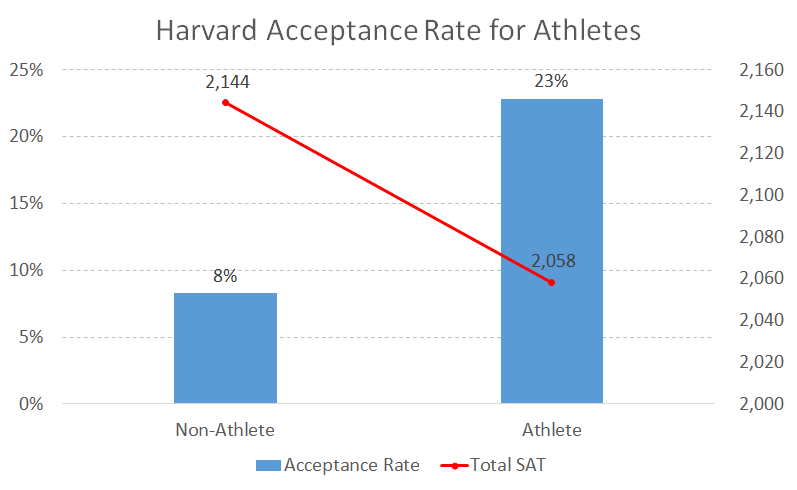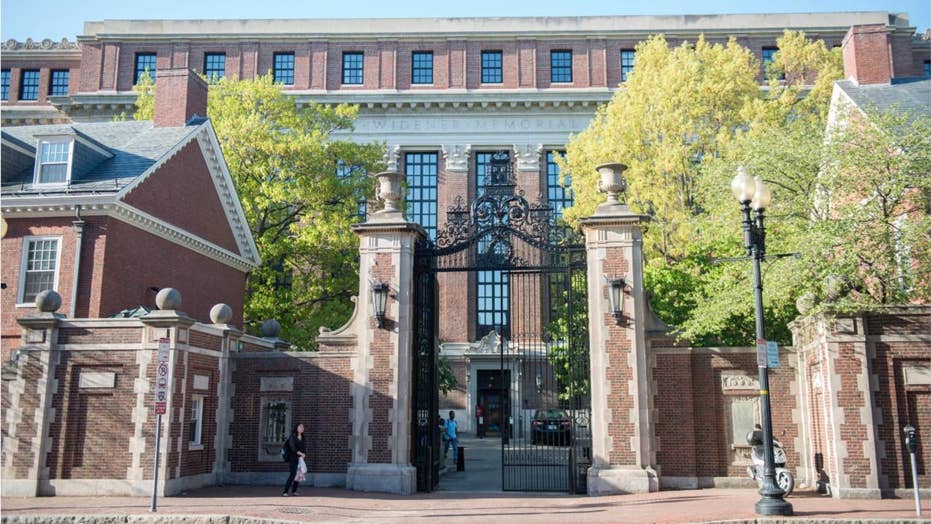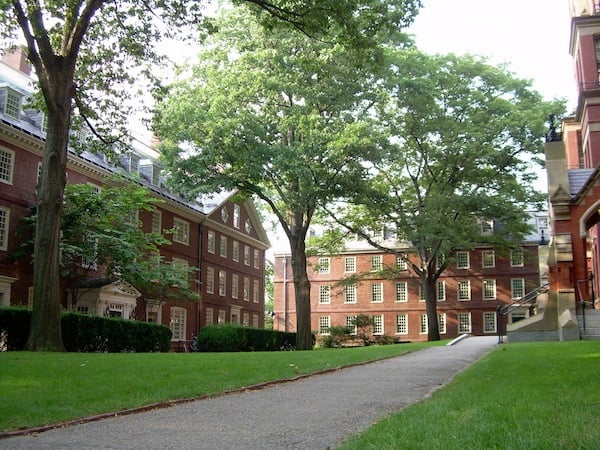

A test grounded in content students have been taught in school can’t level the playing field completely, but-if all students have access to the same content-it could help significantly. To a large extent it actually tests the general academic knowledge that wealthier students are typically better able to acquire, beginning at home. He believed such a test was fairer than one assessing knowledge of the high school curriculum-the kind of test elite colleges had previously used-because wealthier parents could send their children to schools that did a better job of teaching that content.īut the SAT, which requires students to analyze complex texts on random topics and understand sophisticated vocabulary, has never assessed innate aptitude alone. The ACT came along in the 1950s.Ĭonant saw the SAT as a test that measured “aptitude,” as implied by its original name-Scholastic Aptitude Test. By the 1940s, Harvard and other colleges were using the test for regular admissions. He devised a scholarship program that would identify worthy recipients through the SAT, which had been developed during World War I to sort recruits into appropriate jobs. In 1933, Harvard president James Bryant Conant launched an effort to open the school’s doors to intellectually gifted students of any background. Before World War II, Ivy League colleges enrolled students whose primary qualifications were wealth and attendance at fancy prep schools. But Harvard itself brought the SAT into college admissions in an effort to increase diversity. Students not accepted during early admittance will be considered again in that cycle, Harvard said.Harvard and other institutions may now see the SAT as an obstacle to diversity, and, as its critics emphasize, the origins of the test are indeed linked to a belief in white supremacy. 1 to apply for regular decision admittance. The admitted student population is 25.9 percent Asian American, 13.9 percent Black, 10.5 percent Latino, 3.7 percent Native American and Native Hawaiian, and 12.6 percent international, officials said.

An estimated 10.8 percent are eligible for need-based federal Pell grants, Harvard said. “Their applications will be considered on the basis of what they have presented, and they are encouraged to send whatever materials they believe would convey their accomplishments in secondary school and their promise for the future.”Īlmost 12 percent of the newly admitted students will be the first in their families to attend college, compared to 16.7 percent last year. “Students who do not submit standardized test scores will not be disadvantaged in their application process,” Fitzsimmons said. In the absence of standardized tests, Harvard is considering applicants’ academic achievements, community service, extracurricular activities, family responsibilities, and employment, officials said. “This year’s admitted class brings to Harvard robust talents and life experiences that will shape our community for years to come.”

Fitzsimmons, dean of admissions and financial aid, said in the statement. “Each year Harvard sees an outstanding, talented pool of applicants in the early admissions cycle,” William R.


 0 kommentar(er)
0 kommentar(er)
